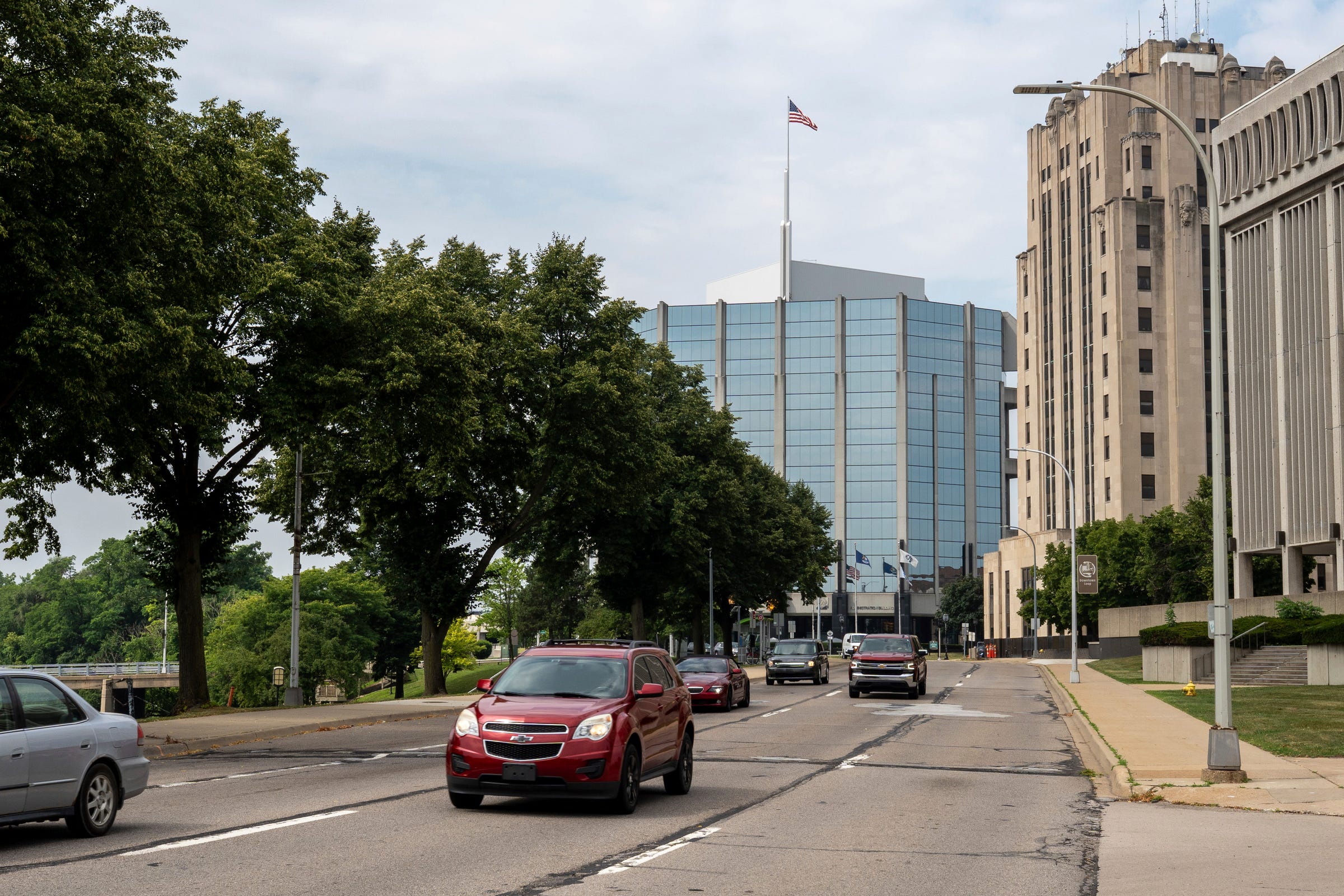The seemingly innocuous act of “left lane squatting”—cruising in the leftmost lane without actively passing—is more than just an annoyance; it’s a significant factor in traffic congestion and, in many jurisdictions, a violation of established Michigan Driving Laws. This common habit, where drivers maintain a steady pace rather than using the left lane exclusively for overtaking slower vehicles, creates a ripple effect of frustration and potential danger on busy freeways, directly impacting overall Traffic Safety.
Understanding Michigan Law regarding lane usage is crucial for every driver navigating the state’s roadways. Specifically, MCL Section 257.634 dictates that on highways with two or more lanes proceeding in the same direction, the left lane is primarily designated for passing. This fundamental Road Rule aims to ensure a smoother, more efficient flow of traffic, preventing bottlenecks caused by slower vehicles impeding the progress of faster ones.
The dangers associated with prolonged left lane occupancy extend beyond mere inconvenience. When a vehicle travels below the general speed of traffic in the passing lane, it forces other drivers to either slow down unnecessarily or execute maneuvers to bypass, often involving multiple lane changes. Such erratic driving behavior significantly increases the likelihood of rear-end collisions and sideswipes, undermining the principles of Traffic Safety.
Furthermore, Michigan Driving Laws explicitly prohibit any driver from impeding the normal and reasonable movement of traffic, regardless of which lane they occupy. This means that even if a driver is traveling at the posted speed limit, if their presence in the left lane is causing other vehicles to back up or take evasive action, they could still be in violation. This particular nuance underscores the importance of proper Left Lane Etiquette.
While the primary directive is to use the left lane for passing, the law does provide specific exceptions. Drivers may utilize the left lane for a “reasonable distance” when preparing to make a left turn, or when a unique hazard necessitates temporary use of an alternative lane for safety. These exceptions are critical for practical navigation but should not be misconstrued as general permission for continuous left-lane travel.
For new and experienced drivers alike, continuous Driver Education on these specific Road Rules is paramount. Many drivers are simply unaware of the legal implications or the significant safety risks associated with left lane “squatting,” leading to inadvertent violations. Public awareness campaigns and driver’s education curricula should emphasize these critical aspects of safe and lawful highway conduct, contributing to improved Traffic Safety for everyone.
In conclusion, while the left lane may feel like the “fast lane,” its legal purpose in Michigan is distinctly for overtaking. Adhering to these regulations is not just about avoiding a citation; it’s about fostering a safer, more efficient driving environment for all motorists. Respecting Michigan Driving Laws and practicing good Left Lane Etiquette contributes directly to reducing congestion and preventing preventable accidents on our roads.






Leave a Reply